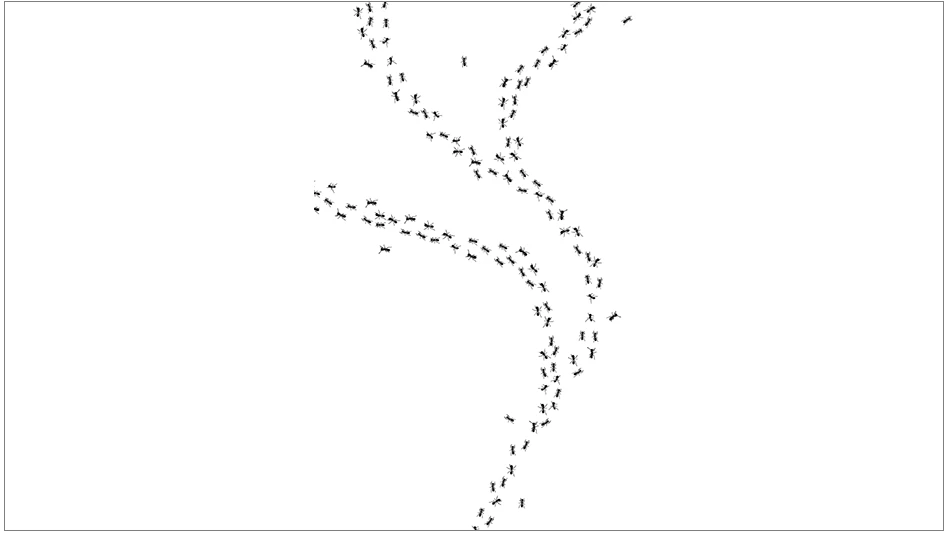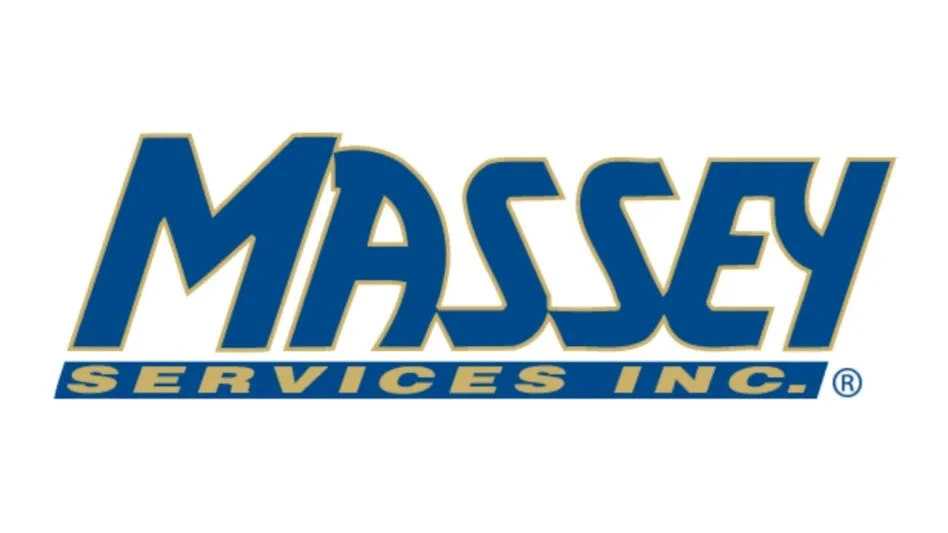Ever wonder if you’re paying your employees enough? Perhaps you’re paying too much? And what about company benefits such as health programs, vacations, and savings plans? How do your company’s wages and benefits stack up against the competition? If you don’t have the answers to these complex questions, there’s a new tool available that just might help.
In 2002, human resources consulting firm Seawright & Associates Inc., based in Winter Park, Fla., on behalf of the National Pest Management Association, completed the industry’s first comprehensive nationwide salary and benefits survey. This unprecedented survey reports pay and benefits practices across the country, in all regions of the country, among various sizes of pest control companies and for a number of key job titles.
Using the survey results, a pest management professional can find out if his or her company’s pay and benefits programs are competitive. He or she also can gauge geographic differences in pay, identify trends in pay and benefits and determine if adjustments might be needed.
"The primary objective," said Jean Seawright, president of Seawright & Associates, "was to obtain reliable and accurate pay and benefits data from pest control operations across the United States." Having such information, she adds, is essential to developing a compensation plan. "To ensure that employees are paid fairly, owners should consider valid market data, from both inside and outside the industry, when developing their pay ranges," she said.
The survey contains some of the information you might expect: for instance, the average pay rates for several key positions in the industry. However, the report also provides regional average pay rates for these jobs, organized by company revenue level. And it examines such previously unstudied topics as pay increase practices, common holidays, vacation policies, and fringe benefits existing in the industry, among other things.
The result is a report of close to 200 pages with 300 tables featuring compensation practices in different regions and among different revenue groups. While a report of this nature could be overwhelming because of the sheer depth and breadth of its information, the report is designed to be easy to use. The first section provides overall nationwide results: average wages and benefits practices throughout the nation, broken down by revenue size. Then each succeeding section provides similar information for one of seven different regions. And the final section is an "at-a-glance" overview comparing pay rates by position and region.
Because the information is sorted out in myriad ways, pest management professionals can easily find the average wage and benefits information for companies of a specific size or location. Or they can examine pay and benefits information for the nation as a whole. As Seawright says, the information is "sliced and diced" to suit just about every situation.
THE NEED FOR INFORMATION. Seawright, who has worked with the pest control industry for 15 years, repeatedly saw a need for accurate wage and benefits information. This need was reinforced in recent years in industry management sessions she conducted across the country. "Owners and managers talk with me at these sessions and whenever the issue of compensation is raised, they inevitably comment about the lack of compensation and benefits data available for the industry," she said.
The National Pest Management Association became involved in 2000, when the association formed an alliance with Seawright’s firm to provide human resource consultation to NPMA members at no charge. The need for a salary and benefits survey also was discussed, and in 2002, the association decided to underwrite the cost of such a survey, which could be offered to members at a substantially reduced rate.
Seawright’s firm took on this ambitious project on behalf of the association. "Prior to this point there had never been a comprehensive nationwide salary or benefits survey conducted for the pest control industry," she notes. "Many pest control operators were at a loss when it came to knowing what market rates were for industry positions. Likewise, they had no knowledge of common benefits practices among their peers."
To ensure the survey accurately reflected the industry’s pay and benefits practices, Seawright also implemented a number of quality control measures. Besides designing the survey, the company also collected and verified the responses, eliminated duplication, analyzed and interpreted the data, called participants for clarification, excluded data that could not be authenticated and developed the final report. Only those survey responses that passed the quality control tests were used.
USING THE SURVEY. To gain the most from the survey, Seawright says, pest management professionals should consider data from their region(s) and for their revenue size when developing pay ranges and benefits programs. A company with one location should use pay data specific to their region; however, if the national averages are higher and the company pay is more in line with national averages, she says, the company might want to promote this fact to its employees (or potential employees).
"When appropriate, I would not hesitate to use this as a selling point to recruit and retain employees," Seawright said.
Companies should make adjustments to pay ranges only after considering a number of factors, Seawright says. For example, if for a particular position a company is paying significantly less than the average for companies in the same size and region, the manager should first consider if this lower rate reflects some reasoning based on performance, skill or company culture. If not, then the manager may want to consider a one-time market adjustment to the pay, says Seawright.
On the other hand, if a pest management professional finds that he or she is paying significantly more than the rate and norm, he or she might choose to freeze the pay rate until market or internal factors change to justify an increase.
Seawright notes that the survey data should be used to help establish pay ranges for jobs, rather than exact pay rates. Furthermore, the survey results should not be the only consideration in determining appropriate pay levels: There are a number of reasons why the same position in the market is paid differently by different companies. Employers will also want to consider such variables as the job’s internal value to the company, corporate culture and values, management philosophy, actual job duties, the economic environment, benefits and other discretionary pay practices, and the market demand for a given position or skill set.
CONCLUSION. Finally, Seawright notes, even the best benefits and pay won’t necessarily guarantee employee retention. "In the short run, higher compensation rates may lure people aboard, but in the long run we know that people value more than just pay," she said. Such key factors as working environment, company culture and values, management philosophy, co-workers, and employee involvement are all extremely valuable to employees, Seawright says. "Especially since Sept. 11, employees are rethinking their priorities and needs in the workplace."
The author is former managing editor of PCT magazine and a frequent contributing author to PCT. She can be reached via e-mail at lmckenna@pctonline.com.

Explore the July 2003 Issue
Check out more from this issue and find your next story to read.
Latest from Pest Control Technology
- Did You Order Mice With That?
- Arrow Exterminators Opens New Residential Service Center in Metro Atlanta
- CAPMA Hosts 2025 Legislative Day in Sacramento
- Grizz Pest Management Bartends for a Cause
- Rose Pest Solutions Becomes Official Pest Provider of Chicago Fire FC
- WSPMA Hosts Legislative Day at Washington State Capitol
- A-1 Pest Control Marks 59 years in Business
- Hawaii PCO Shares Regulatory Challenges, Business Impacts from Lahaina Wildfires





